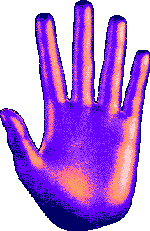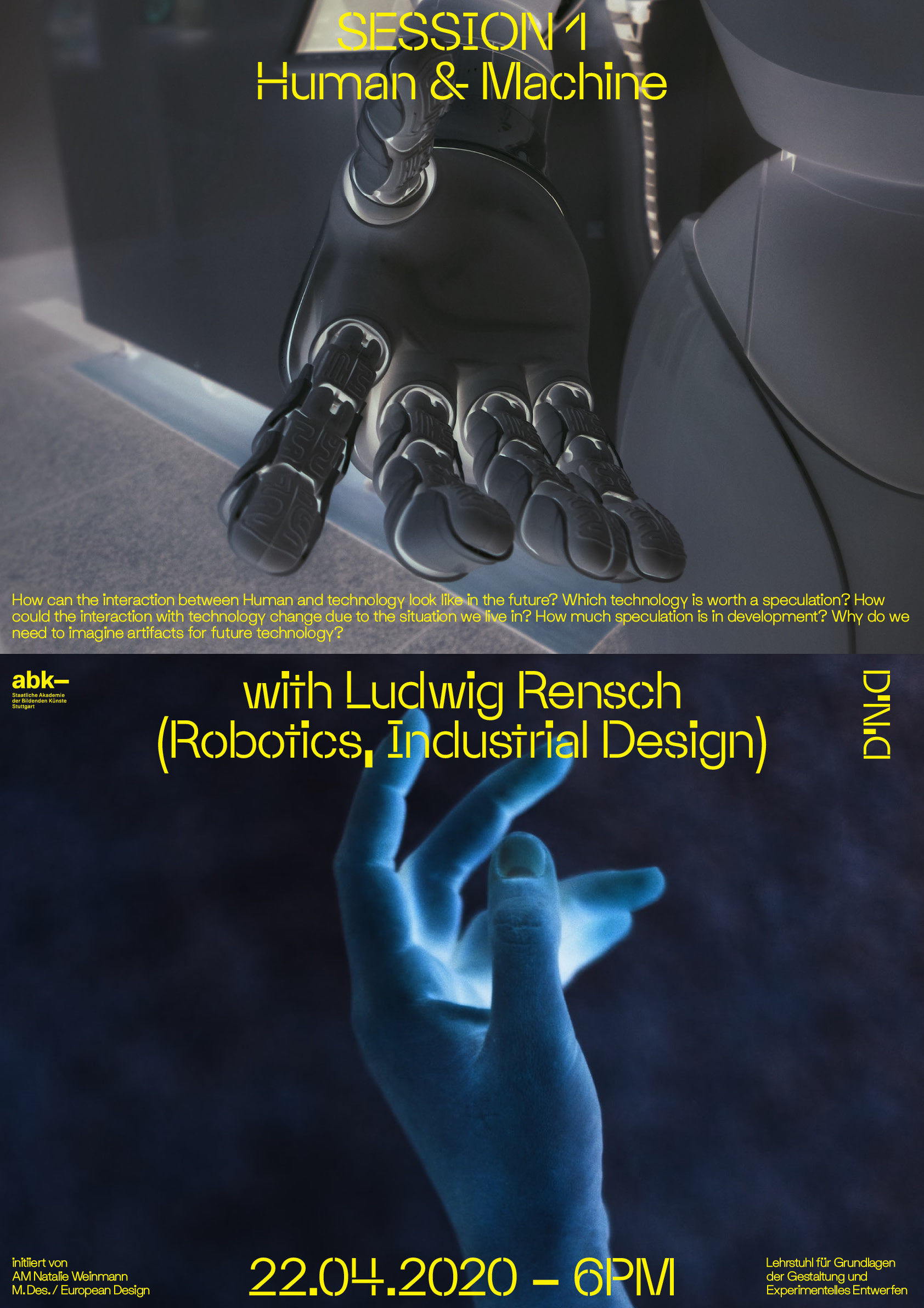Back when we worked together as FAT, we always believed that architecture was much more than building. Even that architecture was much more than architecture. Music, books, films and TV were as much part of our own canon as Bernini and Le Corbusier. This seminar series, taught together but apart, was a kind of primer in this way of thinking. Vaguely centered around the idea of architecture and representation, we made drawings about drawings, watched movies with models, drew lines, made music and wrote novels. Might thinking about architecture through these different forms of media and alternative kinds of representation be a way of generating new understandings of how or where architecture is created? Deliberately experimental and open ended, the seminar resurrected two of the core beliefs we always had at FAT: That architecture might not revolve around making buildings or that when you are making buildings the content of the architecture might be something other than architecture.
Project:
For a limited season only, FAT was back. Its three protagonists, older if not necessarily wiser, reunited to teach a studio at ABK Stuttgart.
Some of the old hits were there, numbers like: ‘What is the relationship between architecture and representation”; “What is the boundary between architectural representation and the real?”; “When does a drawing or an object become architectural?”. The studio featured 3 kick off exercises, each led by a different FAT faction on boundaries, drawings and plans respectively. These led to a main project: To take on an earlier English postmodernist in Stuttgart. With a brief to extend James Stirling’s Staatsgalerie, students projects reappraised and reconfigured big Jim’s gallery with added mundane programmes housed in variously aggressive, irreverent, sympathetic or surreal new forms. The aim of the studio was aligned with the ancient FAT project of reinvigorating the possibilities of postmodern architecture, extending its reach and range with a treasure trove of stolen architectural languages, alternative tactics and multiple sensibilities.

